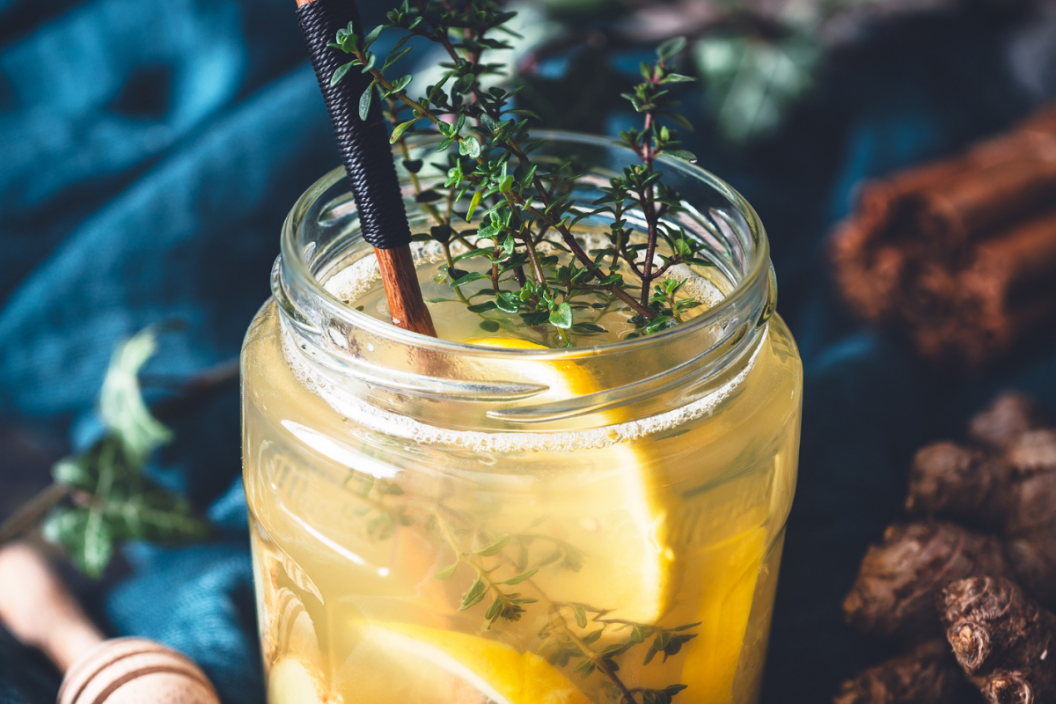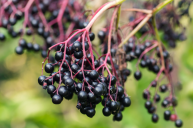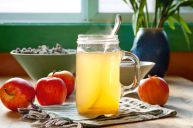Even if you have been dabbling in home remedies for some time, you may have never heard of oxymels. So, good news! You can extract fresh herbs and spices, or even foods, in a few weeks like any tincture or glycerite, but with added nutrients and pre-and probiotics. For those who can't wait that long, you can use a couple of grams of powdered herbs or spices, and it's ready in under five minutes.
Being an elixir of sorts, the name means "acid and honey" (oxy=acid / mel=honey) because they are made with roughly equal parts raw honey and raw apple cider vinegar (like Bragg's). It's a taste-bud-tingling syrup with an assortment of benefits and applications. Mainly, it is a powerful remedy against sinus or lung congestion, fatigue, sore throat, fever, and poor digestion.
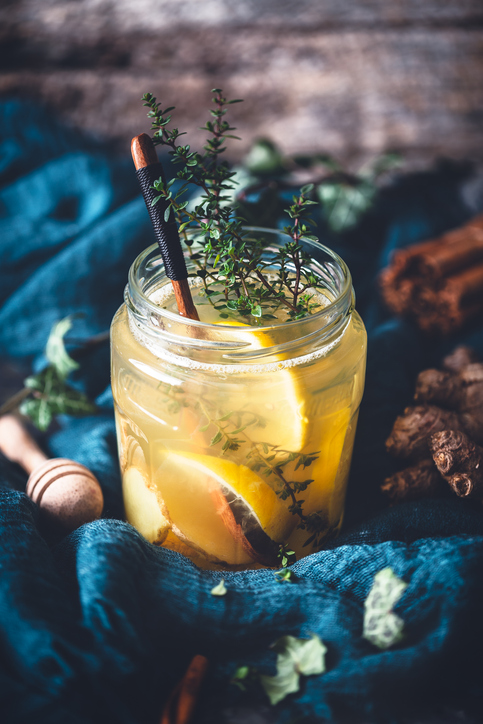
Getty Images
Its affinity depends on what kinds of herbs you extract, which makes it highly adaptable. It makes a more potent extract than alcohol because honey, in addition to being nutritious on its own, helps draw out nutrients that are sugar and fat-soluble, while vinegar draws out minerals better than alcohol or water. Like other extracts, it is shelf-stable for months.
Oxymels have a long medicinal history. One exploration in Thebes led to the discovery of a papyrus document rolled up between the legs of a mummy. It was a 108-column materia medica describing all the diseases and remedies known in Egypt at the time, dated to about 1550BC. One blend of particular interest was for eye diseases, in which they used herbs we wouldn't use today - hemlock and opium.
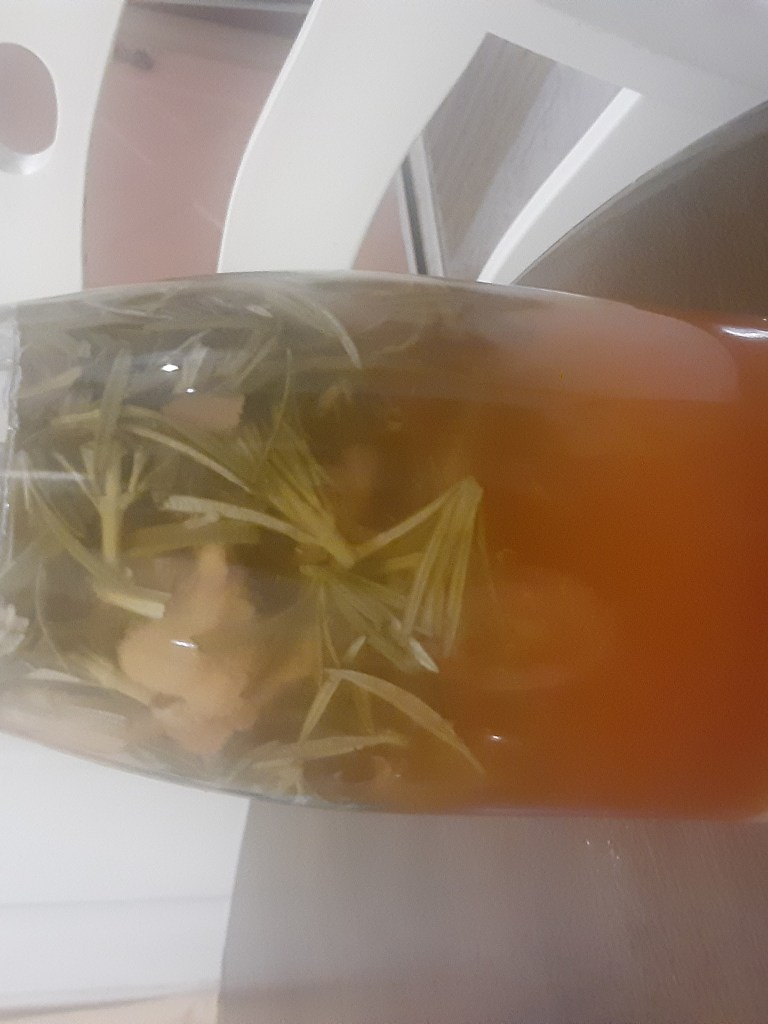
Jennifer Sala
While many sources like to credit Hippocrates with oxymels, he wasn't around until 460BC, about 1100 years later. Some sources even say that oxymels were used in ancient Persia as early as 2500BC. Other ancients who recorded using oxymels as medicine include Galen, Pliney the Elder, and Aristotle. Garlic oxymel was a common remedy in ancient and medieval times for infections, congestion, and liver or digestive disorders.
A quick word of caution before you get started. If you are severely ill, weak, or experiencing diarrhea, oxymel may not be safe. While kids tend to enjoy it, especially as cough syrup, it is not safe for babies or toddlers. As with all things, use it in moderation. Most of the time a teaspoon to a tablespoon is plenty.
How To Use Oxymels
Oxymels are easy to work with. Being so tasty, you can take them straight as a supplement, and they make for a soothing cough or sore throat syrup. Oxymel also does well in juice, tea, cider, cocktails, or smoothies. I've even used it as a marinade, in stir-fry as sweet and sour or duck sauce, and as a salad dressing. You can make it as sweet or tangy as you like by adjusting the ratio of ACV to honey.
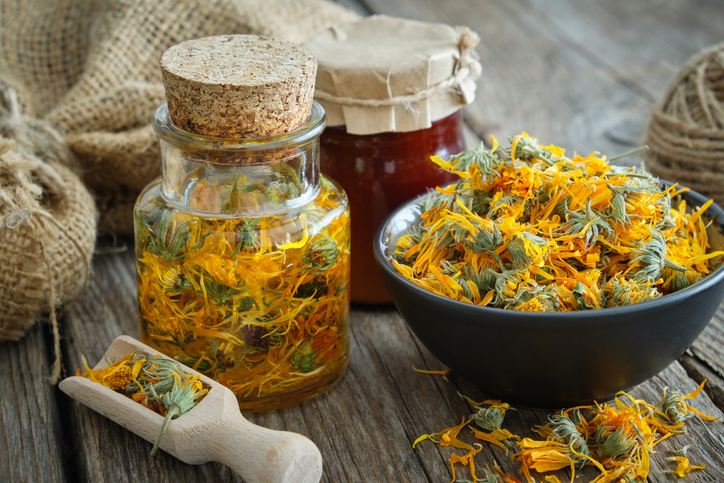
Getty Images
Things you could extract in your oxymel include:
- Flowers like calendula, lavender, forsythia, chamomile, honeysuckle, or goldenrod
- Mints & Herbs like thyme, catnip, lemon balm, basil, or parsley
- Spices like garlic, peppers, clove, leeks, ginger, cinnamon, or tumeric
- Berries like blackberry, goji berry, or elderberry
- Fleshy mushrooms like shiitake, lion's mane, or maitake
A personal favorite is a combination of blueberry, rhubarb, and basil, but I usually start the spring with a simple forsythia oxymel. Below you'll find my other favorite recipe that's super easy, and you should be able to find all the ingredients in most grocery stores year-round.
READ: CBD Sleep Drops Are How I'm Putting an End To Waking up in the Middle of the Night
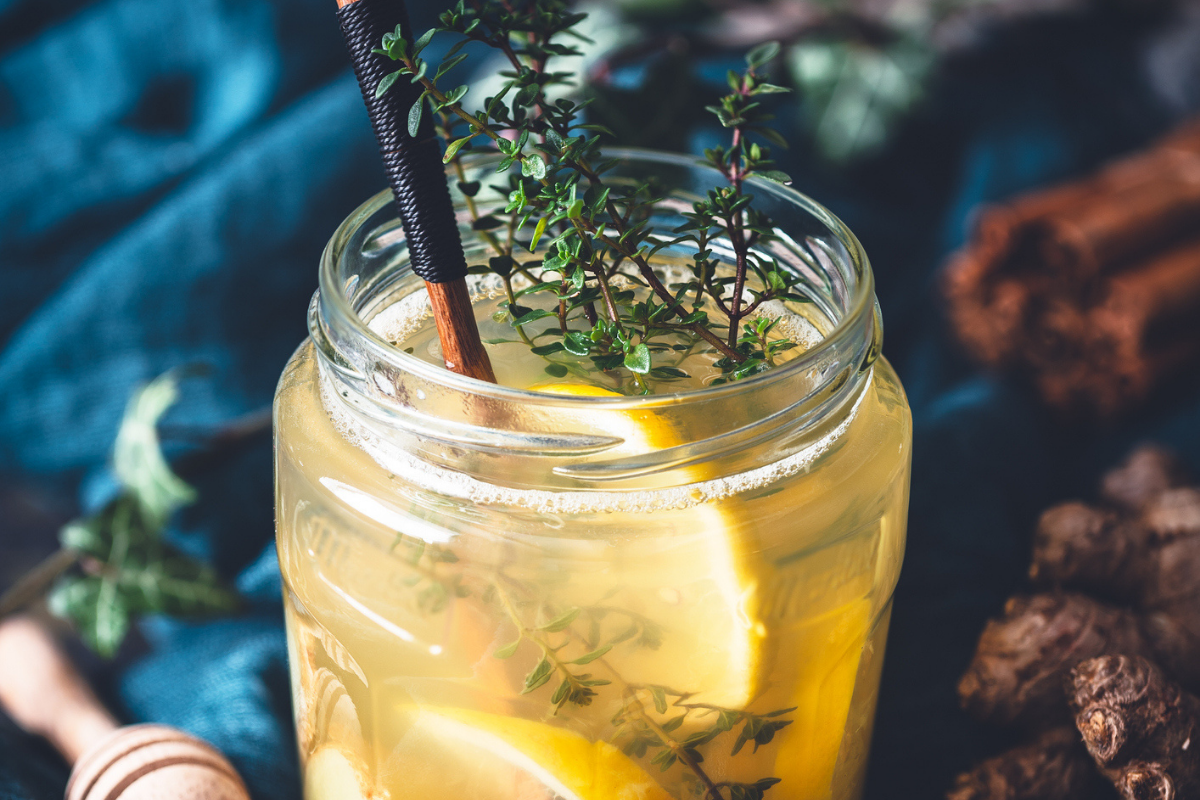
Lion's Mane & Rosemary Oxymel
Ingredients
- 1 lion mane mushroom
- 5 stems fresh rosemary
- 1/4 cup vinegar
- 1/4 cup honey
Instructions
- Chop one whole lion's mane mushroom into 1" cubes
- Use kitchen scissors to cut fresh rosemary, stem and all, into 1" bits (bundle of 4-5 stems)
- Put into a jar, filling it 1/3-1/2 of the way - don't need to squish it down
- Pour in equal parts honey & vinegar covering the herbs by a few inches
- Set in the cupboard for two weeks, swishing it around daily
- It will be ready when the mushrooms are mostly dissolved
- Strain, let drip, and enjoy!
